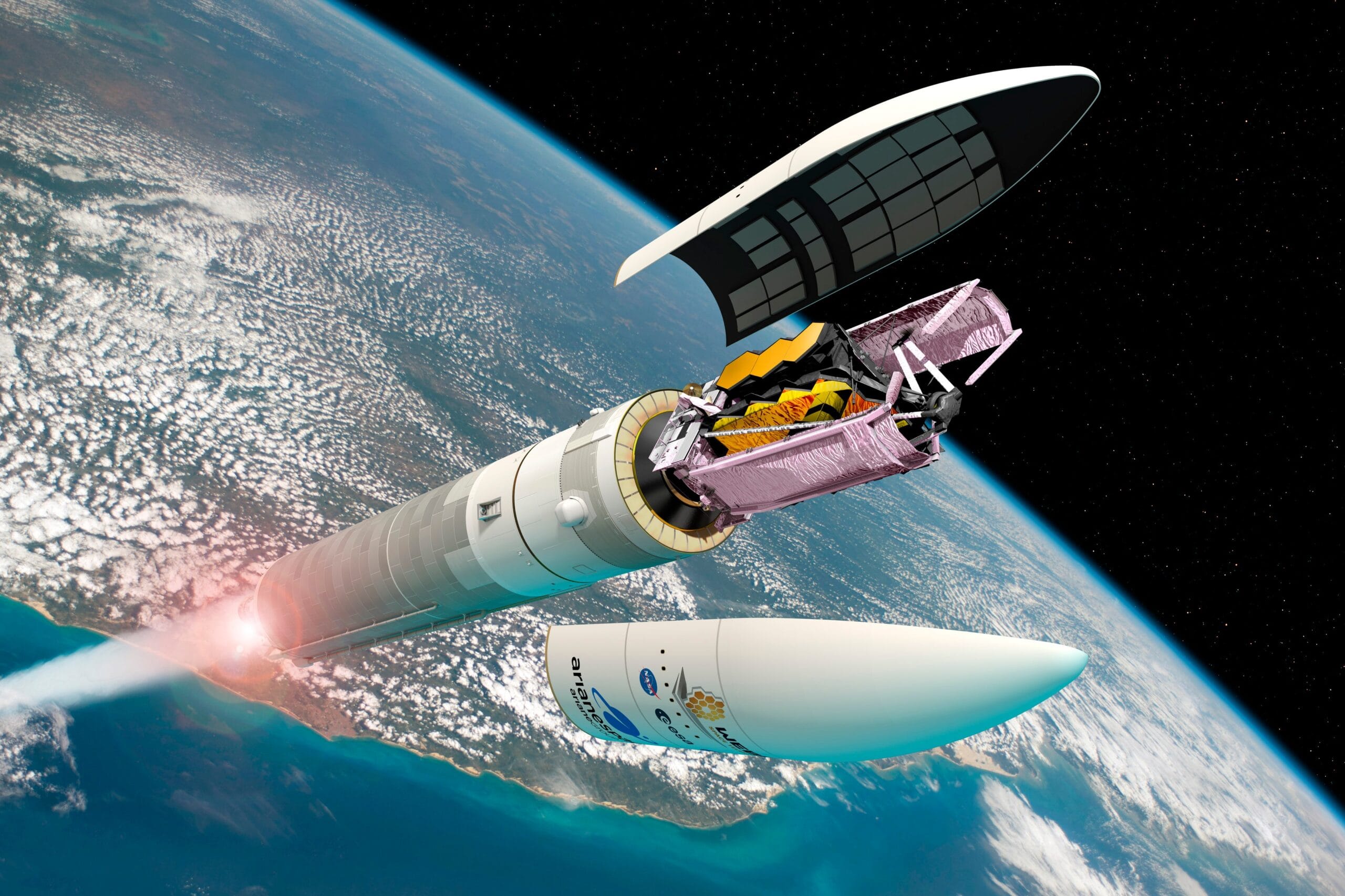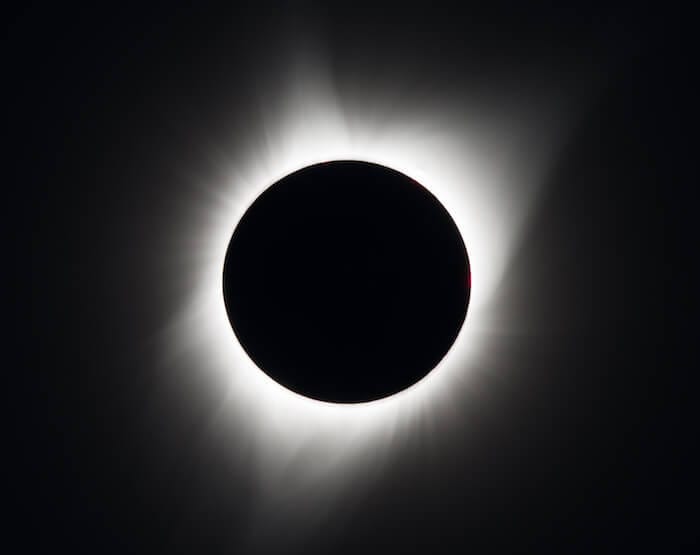The recent data from the James Webb Space Telescope has upended the scientific community’s understanding of the universe’s expansion rate. The groundbreaking findings revealed a faster-than-expected rate of expansion, which is casting doubt on the foundation theories that scientists have relied upon for decades. The new results suggest possible inconsistencies in our current model of the universe, prompting a reevaluation of the once-solid beliefs about the cosmos.
The James Webb Space Telescope, launched in December 2021, was specifically designed to explore deep space and attempt to solve many of the universe’s overarching mysteries. One of its primary objectives was to make precise measurements of distant galaxies, allowing scientists to better understand the expansion rate of the universe. This was thought to be the next step in verifying the accuracy of the established theories in cosmology.
Powered by its infrared technology, the telescope was able to make observations of ancient galaxies that had previously been too far away to analyze accurately. The data collected during these observations indicated a significantly faster rate of expansion than scientists had originally theorized. This newly-discovered phenomenon has caused experts to reconsider the accuracy of their current models and theories, prompting a tidal wave of experimental research and analysis.
Known as the Hubble constant, the expansion rate of the universe has long been a central puzzle for scientists. For years, the disparity between the estimated rate and the rate observed has lingered, leaving scientists grasping for answers. While the discrepancy isn’t new, the data collected by the James Webb Space Telescope has provided unprecedented clarity, escalating the need for a recalibration of current understanding.
One such theory is the Lambda-CDM model, which has been the cornerstone of cosmological theories for decades. It accounts for both dark matter and dark energy, the two most enigmatic aspects of the universe that can’t be directly observed. The Lambda-CDM model helps explain the large-scale structure of the universe and the Big Bang theory, but the implications of the James Webb Space Telescope findings may necessitate a revision of the model to better align with the new data.
The discovery has the potential to reshape many concepts in modern physics, particularly along the edges of where disciplines like astronomy, cosmology, and quantum mechanics converge. The impact of these implications can have far-reaching effects on our understanding of dark matter and dark energy, as well as the beliefs about the origins and ultimate fate of the universe.
While many questions remain unanswered, the James Webb Space Telescope’s findings offer a unique opportunity to revolutionize our perspective on the cosmos. As scientists work to create a new understanding of the universe’s expansion rate, they’ll undoubtedly uncover new answers to long-standing queries, provoking an exciting new era of astronomical exploration.



